How to tell the freshness of coffee beans? What is the relationship between the "oil" of coffee beans and the freshness?
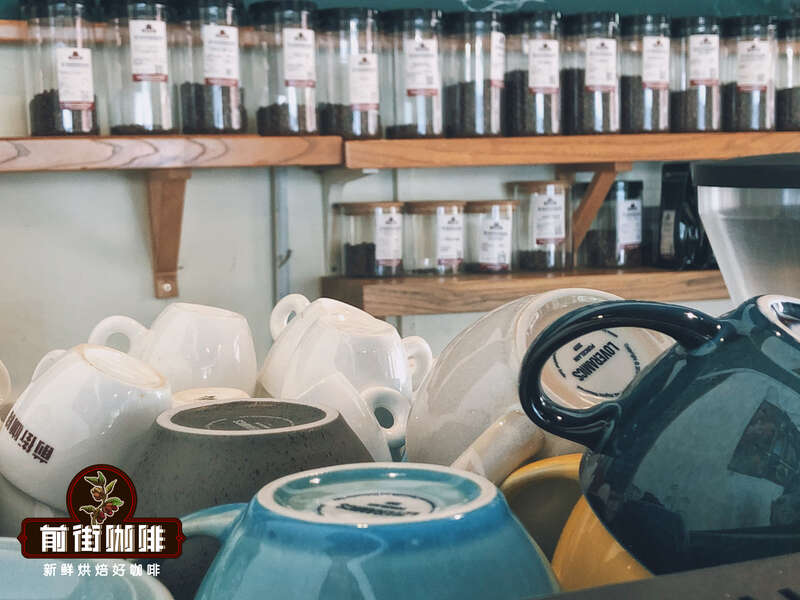
Professional coffee knowledge exchange more coffee bean information please follow the coffee workshop (Wechat official account cafe_style)
Many coffee drinkers pay great attention to the freshness of coffee, which refers to the freshness of raw coffee beans after roasting into ripe beans, it is generally believed that the longer the time, the freshness will decrease and show too little coffee flavor or negative flavor. For new coffee lovers, it is very important to learn to avoid buying stale coffee beans. The front street teaches people how to tell the freshness of coffee.
What is the taste period of coffee?
In general, the best taste period of coffee is reflected in the roasting of coffee, the peak of flavor after 3-7 days of soy cultivation, and then it will be lost over time, leaving only woody flavor. The first flavor compounds lost are mainly volatile compounds such as flower and fruit aroma, while water-soluble compounds such as sugars, nuts and chocolate are relatively difficult to volatilize.
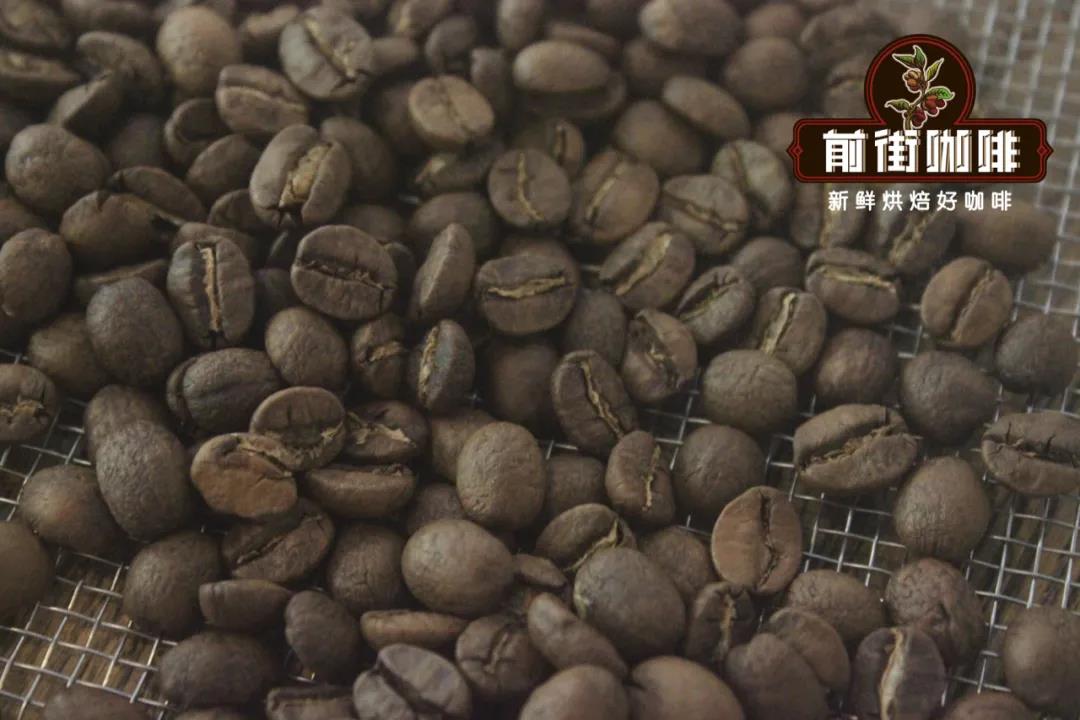
Therefore, the general coffee appreciation period is recommended in the 4th to 30th day after the baking date. Just because the taste period is over doesn't mean the coffee can't be drunk, but it will be slightly inferior in flavor. This should be distinguished from the shelf life of coffee. Generally speaking, the shelf life of ripe coffee beans is between half a year and a year.
How to judge the taste period of coffee
Generally speaking, freshly roasted coffee is in a very active state, and coffee beans will slowly release gases and volatile substances and gradually stabilize, which is why it takes about a week for coffee beans to fully highlight their flavor.
After the gas is completely discharged, most of the aromatic substances in the coffee body also dissipate, leaving only the woody flavor, and the coffee particles lose their "activity" during brewing, so the coffee appreciation period is over. In general, the taste period of medium-shallow roasted coffee is about a month after roasting, and can be extended to about 45 days if it is properly preserved (cool, light-proof, sealed and dry).

Ground coffee powder will lose flavor faster than in the form of coffee beans, and the relative appreciation period will be shortened.
Many people think that coffee is not fresh when it comes to oil, which is not entirely true.
These "oils" scattered evenly on the surface of coffee beans are actually not "oils", but water-soluble organic substances that look like oils. "Coffee oil" itself contains many aroma ingredients of coffee, which can be dissolved in water, so the surface of your brewed coffee will not be covered with greasy oil.
There are two reasons for the emergence of oilbeans:
1. Stale shallow baked beans
The light roasted beans, which are light in heat and light brown in appearance, are dry and will not produce oil after baking. About five days after it comes out of the oven (it may be shortened to one or two days at the height of summer), the phenomenon of "spot oil" begins to appear (dotted oil droplets appear on one side of the coffee bean) Please note: a little "spot oil" does not mean it is not fresh. sometimes the flavor of light-roasted coffee beans is at its peak. Continue to put, more than two kilos out of the oven, the surface of shallow baked beans gradually covered with a uniform, thin and bright oil, the smell is not sweet, but with fuel consumption, at this time, the flavor of "shallow baked beans" has gone downhill and should be avoided.
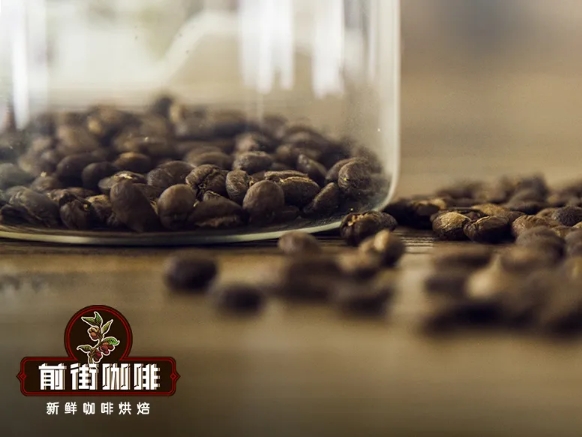
two。 Fresh deep baked beans
The deep-baked beans with dark brown appearance show a slight glossy appearance after baking, and a large amount of oil begins to appear on the surface from the first day to the second day. The bright-looking "deep-baked beans" not only do not mean that they are not fresh, on the contrary, the deep-baked beans will gradually dry out after being baked for three years, and eventually become dry-looking off-flavoured beans. Therefore, if you see coffee beans that are dry but dark brown in appearance, please pay special attention to whether they are marked with a baking date and are most likely to be stale beans that have gone bad.
Even if the "shallow baked beans", which are no longer fresh and oily, will gradually dry out after a long time (such as three months), and finally return to the dry and unoily appearance. Thus it can be seen that the appearance of oil is only a reference to judge the freshness of coffee beans, not absolutely.
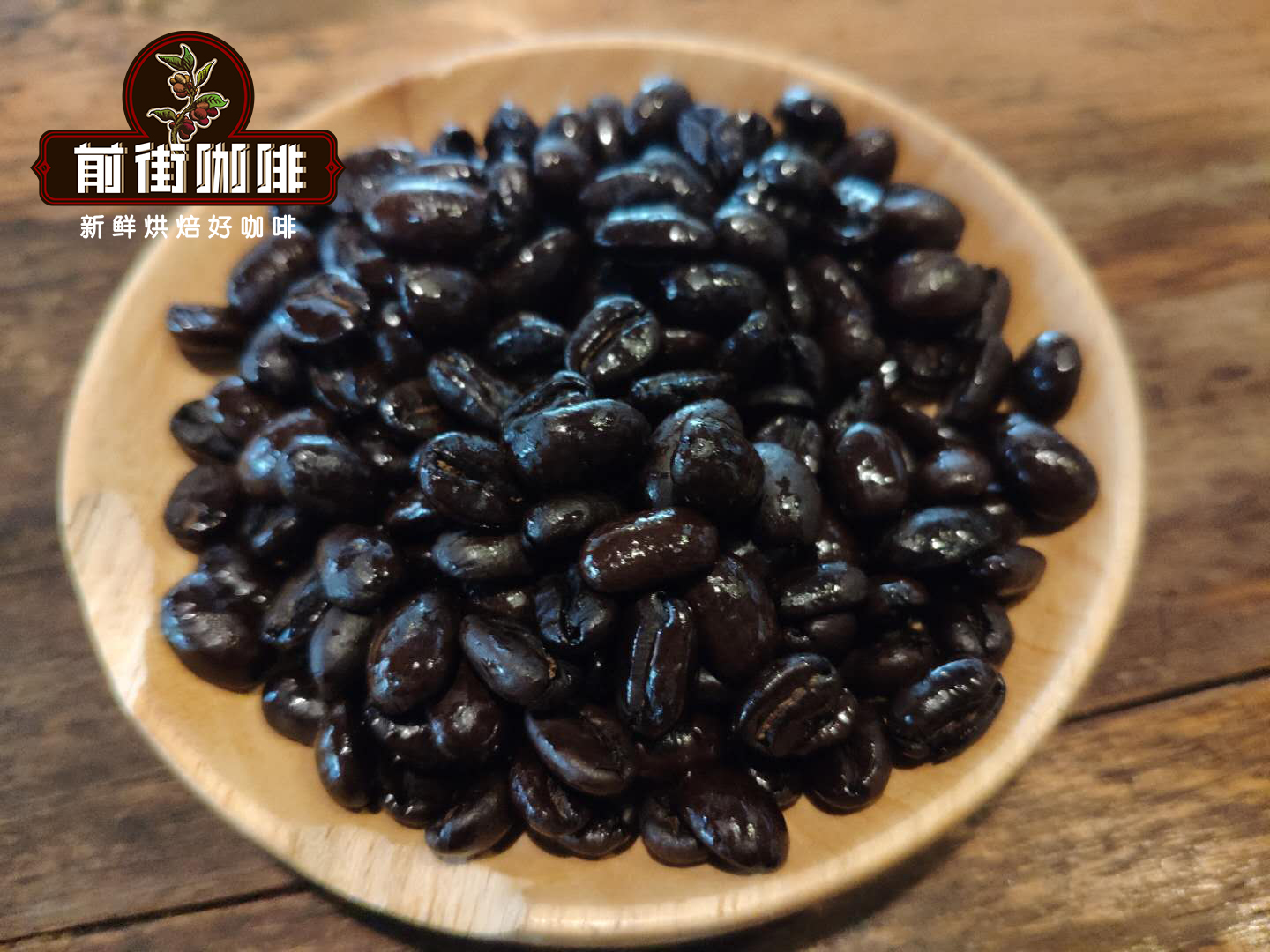
How to cook after the taste period is over
First of all, after the taste period is over, it refers to the loss of most of the aromatic substances and the similar discharge of gas inside the coffee beans, rather than the smell of no flavor and sawdust left.
In this state, adjusting the parameters can also "save" the coffee bean. Here's one of the ways to share:
This time, the protagonist is Castillo, the Colombian San Jose Manor deliberately preserved by Qianjie for this demonstration. The specific information is as follows:
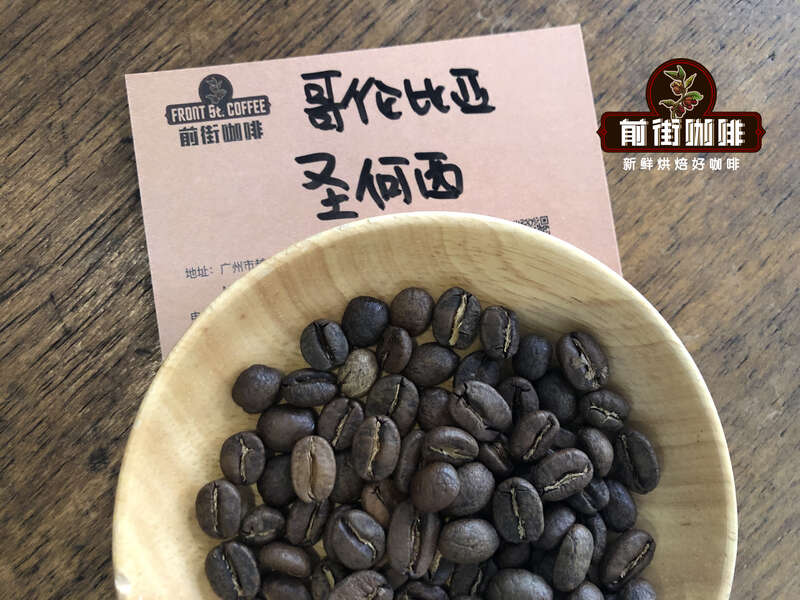
Producing area: Caldas, Colombia
Manor: San Jose Manor
Variety: Castillo
Treatment: fine washing & rum barrel fermentation
Baking degree: medium and shallow baking
Flavor: rum, wine chocolate, tropical fruit
Storage: sealed and protected from light, cool and dry for 70 days
1. Parameter suggestion: 15g coffee powder is still used this time, the ratio of powder to water is 1:15, the water temperature is 91 ℃, the degree of grinding is slightly thicker than normal grinding (to prevent too much fine powder from blocking the outlet, the pass rate of No. 20 standard sieve is 75%)
two。 At the beginning of the first stage of water injection and steaming with 25 grams of water for 18 seconds, it can be seen that the water does not produce a "hamburger shape" after contact with coffee powder, and the water can easily infiltrate into the coffee particles. This is because coffee beans are almost out of gas when they are stored, so it does not take too long to steam and exhaust.
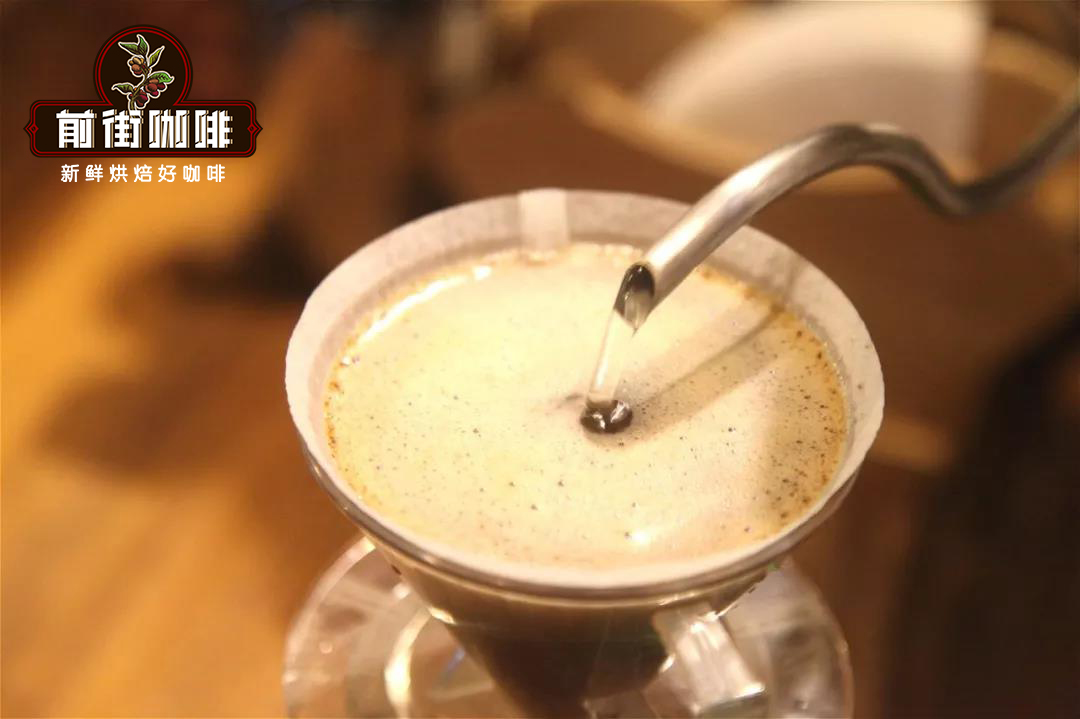
3. The second stage of water injection from the center around a small circle to push up the powder layer, so that the fine powder attached to the filter cup wall to prevent the fine powder from sinking to the bottom and blocking the outlet. It can be seen that a small foam has been washed out, this section of water injection to 150 grams.
4. When the water level drops to 1 stroke 2, inject the last section, use the middle current to circle quickly to create a whirlpool to "activate" the powder layer and force out the flavor substances. Stop injecting water until 225 grams, wait for the coffee liquid of the filter cup to flow into the next pot, remove the filter cup, and end the extraction. The total extraction time is 1 minute and 44 seconds.
After cooking, you can feel the slight aroma of the wine, although it lacks the aroma and acidity of tropical fruit, it ushered in a very strong sense of fermentation of rum, the taste of chocolate in the entrance is still full-bodied, and the sweetness at the end is also pleasant.
Of course, coffee should be enjoyed while it is fresh, but if there happen to be beans that are not very fresh, you can also use this method to brew them.
For more boutique coffee beans, please add private Qianjie coffee on Wechat. WeChat account: kaixinguoguo0925
Important Notice :
前街咖啡 FrontStreet Coffee has moved to new addredd:
FrontStreet Coffee Address: 315,Donghua East Road,GuangZhou
Tel:020 38364473
- Prev

Why do coffee beans need to be packaged in one-way valves?
Why do coffee beans need to be packaged in one-way valves? 1. Roasted coffee beans are sealed and packaged in aluminum foil bags to avoid contact between coffee beans and light and air, resulting in rapid aroma and oxidation. 2, one-way exhaust valve coffee bag can isolate the light and air intrusion outside the packaging bag, so that coffee beans can be kept fresh in the best preservation packaging state.
- Next

Tips for getting started with hand-brewing coffee
Hand brewing coffee is a ritual to slowly filter and extract the thick taste of coffee; the greatest charm of hand brewing is also because it is full of all kinds of uncertainty. Then a successful cup of hand-brewed coffee, in addition to coffee beans, water quality, the choice of utensils, the following four steps are also the key to success or failure. The proportion of water beans generally speaking, a cup of 200ml coffee, about 15-20g
Related
- Beginners will see the "Coffee pull flower" guide!
- What is the difference between ice blog purified milk and ordinary milk coffee?
- Why is the Philippines the largest producer of crops in Liberia?
- For coffee extraction, should the fine powder be retained?
- How does extracted espresso fill pressed powder? How much strength does it take to press the powder?
- How to make jasmine cold extract coffee? Is the jasmine + latte good?
- Will this little toy really make the coffee taste better? How does Lily Drip affect coffee extraction?
- Will the action of slapping the filter cup also affect coffee extraction?
- What's the difference between powder-to-water ratio and powder-to-liquid ratio?
- What is the Ethiopian local species? What does it have to do with Heirloom native species?

